
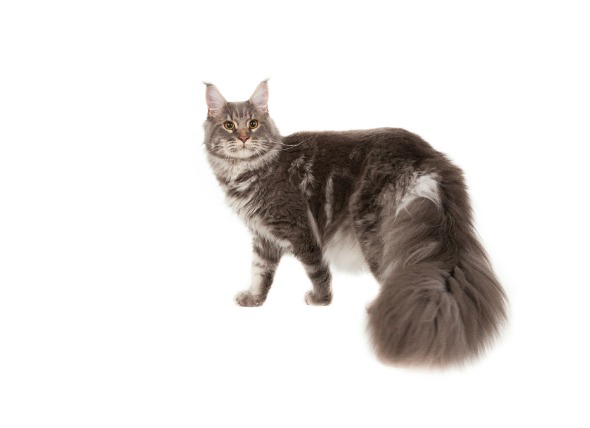
Hip dysplasia is the failure of the hip joints to develop normally (known as malformation), gradually deteriorating and leading to loss of function of the hip joints.
The hip joint is composed of the ball and the socket. Dysplasia occurs when part of the hip joint is abnormally developed, resulting in dislocation of the ball and socket. The development of hip dysplasia is determined by an interaction of genetic and environmental factors, though there is a complicated pattern of inheritance for this disorder, with multiple genes involved. Affected cats inherit the gene from both parents, even when neither parent has shown any outward predisposition to hip dysplasia.
The incidence of this disorder is relatively rare in cats, but some breeds are more likely to have the genes for hip dysplasia than other breeds. It is more common in purebreds, and more likely in female than male cats. Heavy boned cats, such as the Main coon and the Persian have higher rates than most, but it can affect small boned cats as well. Approximately 18 percent of Maine coon cats are reported to suffer from this condition.
Symptoms depend on the degree of joint looseness or laxity, the degree of joint inflammation, and the duration of the disease.
Influences on the development and progression of hip dysplasia are concurrent with both genetic and environmental factors:
Your veterinarian will perform a complete physical exam on your cat, including a blood chemical profile, a complete blood count, an electrolyte panel and a urinalysis. Inflammation due to joint disease may be noted in the complete blood count. As part of surveying the physical symptoms and fluid work-ups, your veterinarian will also need a thorough history of your cat's health, onset of symptoms, and any possible incidents or injuries that may have contributed to your cat's symptoms. Any information you have on your cat's parentage will be helpful as well, as there may be a genetic link.
X-rays are crucial for visualizing the signs of hip dysplasia. Some of the possible findings may be degenerative disease of the spinal cord, lumbar vertebral instability, bilateral stifle disease and other bone diseases.
Your cat may be treated on an outpatient basis as long as it does not require surgery. The decision for whether your cat will undergo surgery will depend on your cat's size and age. It will also depend on the severity of joint looseness, degree of osteoarthritis, your veterinarian's preference for treatment, and your own financial considerations. Physiotherapy (passive joint motion) can decrease joint stiffness and help maintain muscle integrity.
Weight control is an important aspect of recovery and is recommended to decrease the pressure applied to the painful joint as the cat moves. You and your veterinarian will need to work together to minimize any weight gain associated with reduced exercise during recovery.
There are four main surgeries that are recommended for hip dysplasia. These are triple pelvic osteotomy (TPO), juvenile pubic symphysiodesis (JPS), total hip replacement (THR) and excision arthroplasty (EA).
The TPO surgery rotates the socket for animals less than a year old. The juvenile pubic symphysiodesis surgery is performed on cats that are younger than six months, fusing part of the pelvis together to improve hip joint stability. A total hip replacement is done in mature cats that are not responding well to medical therapy, and that are suffering from severe osteoarthritis. Most cats will handle this type of surgery, with acceptable hip function after the recovery period. Excision arthroplasty is performed when hip replacement surgery is cost-prohibitive. In this surgery the ball of the hip joint is removed, leaving muscles to act as the joint. This surgery works best for cats with good hip musculature.
Your veterinarian may also prescribe anti-inflammatory drugs to reduce swelling and inflammation, along with pain medications for lessening the severity of the pain.
Your veterinarian will schedule follow-up appointments with you to monitor any changes in your cat's hip dysplasia. X-rays will be taken for comparison with previous x-rays. If your cat has undergone surgery, these x-rays will indicate the rate of post-surgical healing. If your cat is being treated as an outpatient only, the x-rays may indicate the rate of deterioration in the hip joint.
Because this condition is acquired genetically, if your cat has been effectively diagnosed with hip dysplasia, it should not be bred out, and the breeding pair that produced your cat should not be bred again.
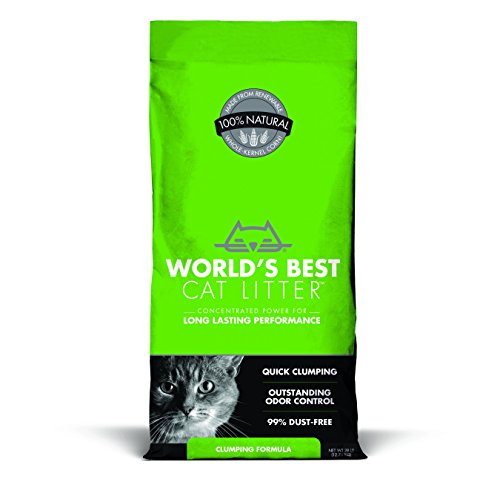 Corn Kitty Litter is Safe and a Great Choice For Your Cat
Almost everyone knows
Corn Kitty Litter is Safe and a Great Choice For Your Cat
Almost everyone knows
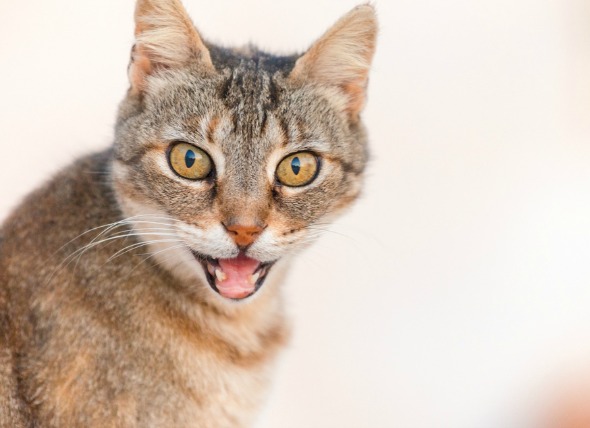 Lymphoma in Cats
Cancer of the Lymphocytes in Cats
Lymphoma
Lymphoma in Cats
Cancer of the Lymphocytes in Cats
Lymphoma
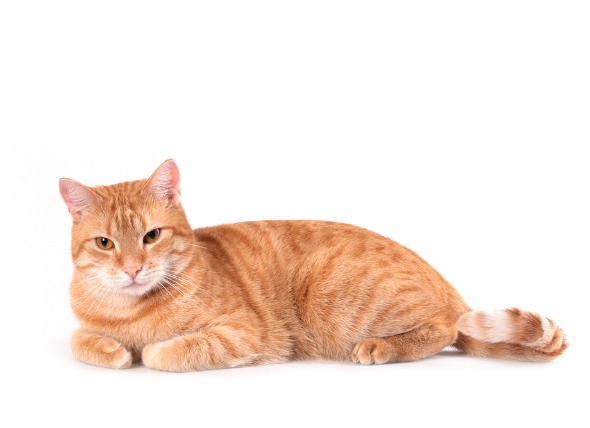 Paralysis in Cats
Loss of Body Movement in Cats
A cat’s abili
Paralysis in Cats
Loss of Body Movement in Cats
A cat’s abili
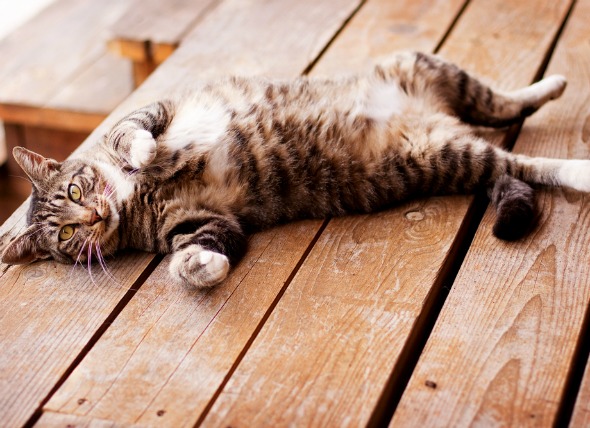 Stomach Inflammation (Atrophic) in Cats
Atrophic Gastritis in Cats
Interruptions in
Stomach Inflammation (Atrophic) in Cats
Atrophic Gastritis in Cats
Interruptions in
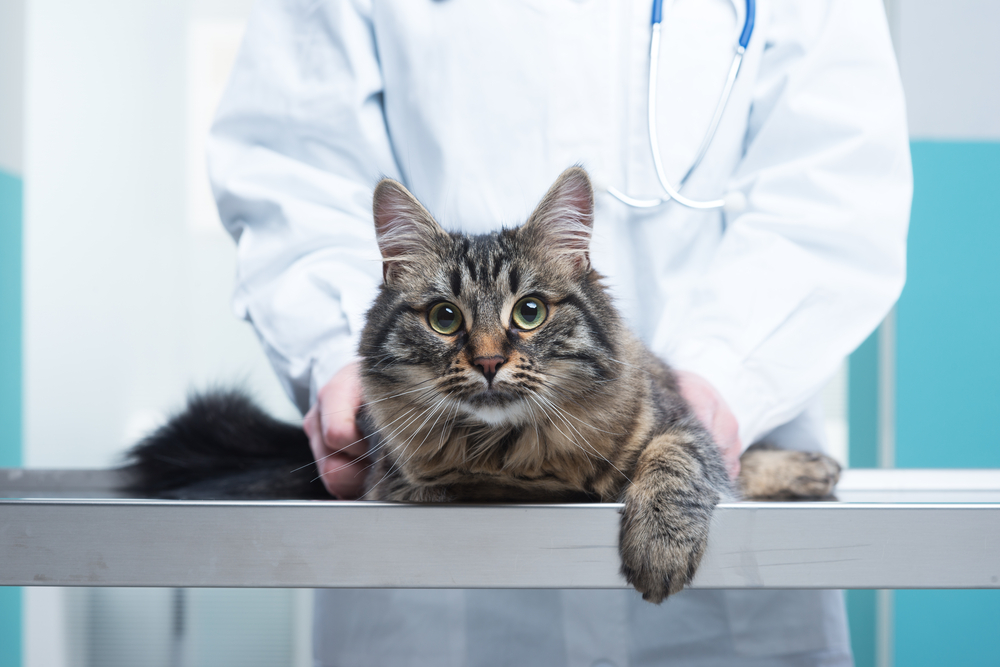 Brain Inflammation in Cats
Encephalitis in Cats
Inflammation of the brain, a
Brain Inflammation in Cats
Encephalitis in Cats
Inflammation of the brain, a
Copyright © 2005-2016 Pet Information All Rights Reserved
Contact us: www162date@outlook.com